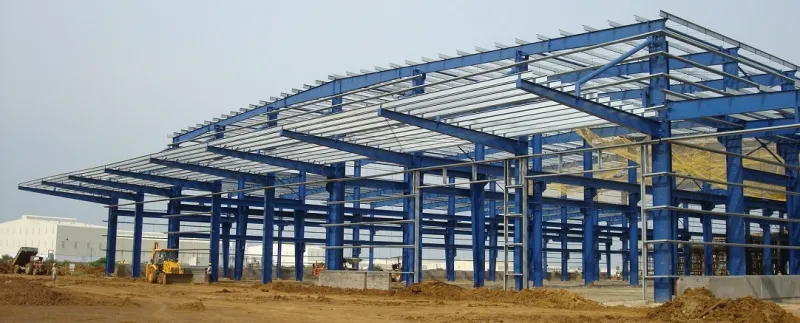Table of Contents
Prefab steel buildings are rapidly gaining popularity across various sectors due to their many benefits. This article explores these structures’ numerous advantages and the diverse scenarios where they’re applied, from residential homes to specialized structures like a 30 x 30 steel building.
Understanding Prefab Steel Buildings
Before diving into the advantages, it’s essential to understand what prefab steel buildings are. They are structures designed and manufactured off-site, then transported and assembled at the desired location. Prefabrication ensures that the components fit perfectly, leading to a quicker and more efficient building process.
Advantages of Prefab Steel Buildings
There are several reasons why individuals and businesses are increasingly turning to prefab steel buildings.
1. Cost-Effective
One of the most significant advantages of these structures is cost-saving. Since the components are mass-produced, economies of scale come into play, reducing the per-unit cost. Additionally, quicker construction times mean reduced labour costs.
2. Speedy Construction
Since parts are pre-made, construction time is drastically reduced. Buildings can often be erected in a fraction of the time it would take for traditional construction methods.
3. Durability and Strength
Steel is known for its strength and resilience. Prefab steel buildings can withstand severe weather conditions, from heavy snow to strong winds, ensuring longevity.
4. Flexibility in Design
These buildings can be customized to suit various needs and preferences. The design can be adjusted accordingly, whether someone wants a large open space or multiple rooms.
5. Environmentally Friendly
Steel is recyclable, making it a green choice. Additionally, precise engineering reduces waste during the manufacturing process.
6. Low Maintenance
Steel structures require minimal maintenance. Unlike wood, steel doesn’t rot, warp, or attract pests, leading to fewer long-term expenses.
Use Cases for Prefab Steel Buildings
Given their versatility, prefab steel buildings find applications in numerous sectors.
1. Residential Homes
With the growing demand for affordable and durable housing, many are opting for prefab steel homes. These homes can be designed with all the amenities of a traditional house but at a fraction of the cost.
2. Garages and Workshops
A prefab steel building is ideal for those needing additional space for their vehicles or a workplace. The customizable design means that spaces from a compact 25×30 garage to a more spacious 30 x 30 steel building can be efficiently set up for various purposes.
3. Warehouses and Storage Facilities
The strength of steel makes it perfect for large structures like warehouses. Its ability to span large spaces without many support columns makes it the preferred choice for storage facilities.
4. Agricultural Buildings
Farmers increasingly turn to steel buildings for barns, storage sheds, and greenhouses. Their durability ensures that valuable equipment and products are well-protected.
5. Retail Outlets
From large shopping centers to small boutiques, prefab steel buildings offer flexibility in design, making them suitable for various retail needs.
6. Office Spaces
The open design possibilities allow businesses to create office spaces that cater to their specific requirements, from open-plan designs to traditional cubicle setups.
7. Sports and Recreation Facilities
Gyms, indoor sports arenas, and community centers often require large, open spaces. Steel buildings provide the necessary structural integrity to house these activities safely.
8. Educational Institutions
Schools, colleges, and training centers can benefit from the quick construction times, especially when there’s an urgent need for additional facilities.
Conclusion
Prefab steel buildings are a testament to the innovation and adaptability of modern construction. Their numerous advantages and wide range of use cases make them appealing to various needs. As construction demands continue to evolve, it’s clear that prefab steel buildings will play a crucial part in shaping the built environment of the future.





